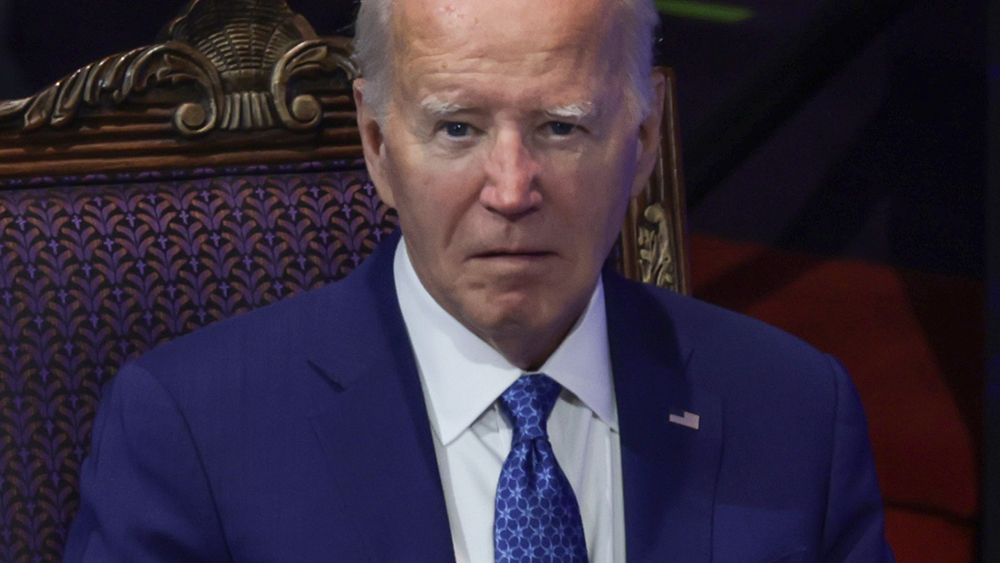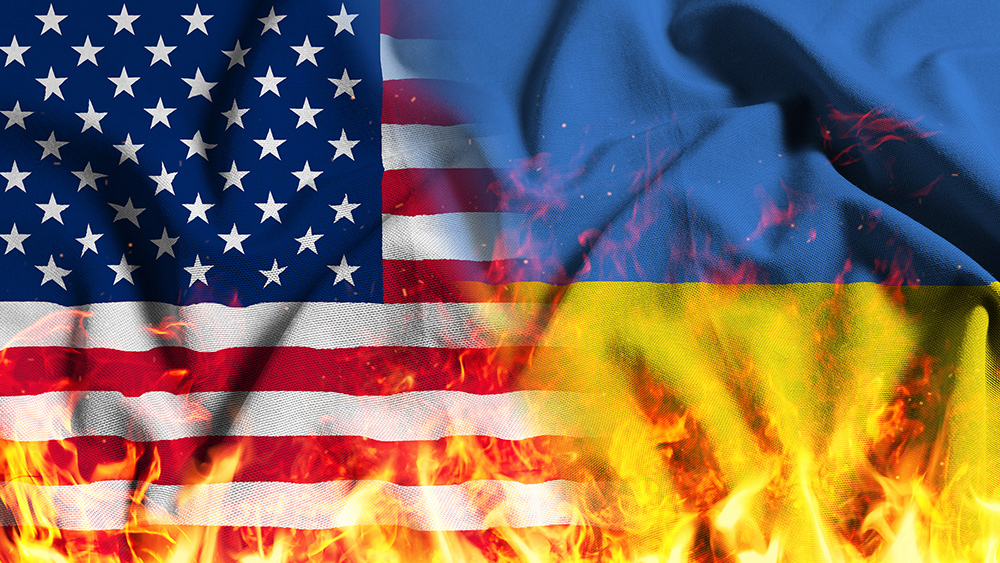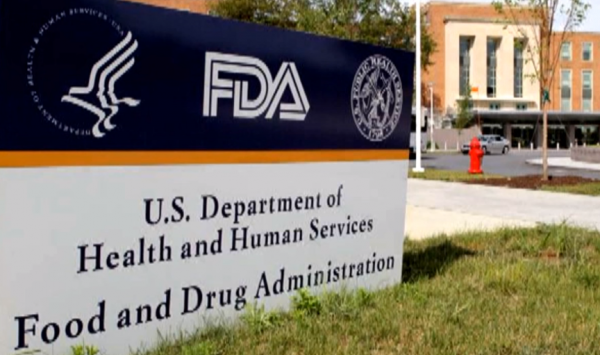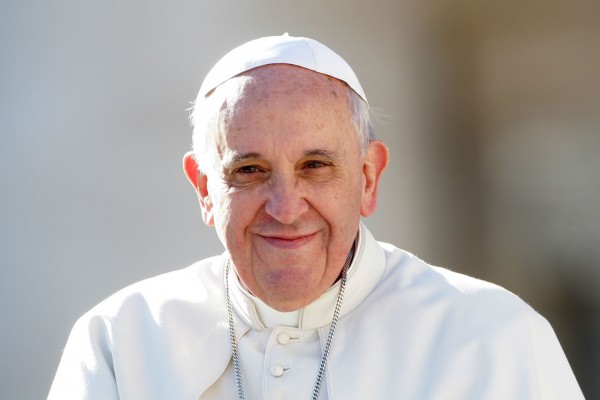Democrats’ post-election strife intensifies as Biden’s public comeback fractures party unity
By willowt // 2025-04-22
Tweet
Share
Copy

- Biden’s April 15 speech criticizing Trump reignited Democratic infighting, with critics arguing his reentry could hurt rebuild efforts. His 39% approval rating — the lowest for any living ex-president — fuels debate over his electoral viability.
- Allies like Michael LaRosa (Jill Biden’s ex-press secretary) called his remarks a “gift” to Trump and conservative media, while strategists warned his focus on division risks alienating voters struggling with economic concerns.
- While labor leaders praised his pro-Democratic policy speeches, experts noted a lack of cohesive strategy to address voter skepticism, highlighting a disconnect between party priorities and public sentiment.
- Current divisions echo past post-election struggles (e.g., 2016’s identity politics shift). Progressives push bold action on issues like Gaza, while centrists prioritize economic messaging.
- Democrats must decide whether to leverage Biden’s legacy or distance themselves to rebuild a broad coalition. Bipartisan cooperation is critical, but Biden’s polarizing presence complicates efforts amid voter focus on economic issues over partisan fights.
A speech that fractured Democratic unity
The former president’s first major public remarks since leaving office centered on what he called “breathtaking damage” from Trump’s spending cuts and a “divided America.” But Biden’s critique drew sharp internal dissent. Michael LaRosa, former press secretary to First Lady Jill Biden, dismissed the remarks as a “lovely gift for the White House, President Trump and conservative media,” arguing it amplified GOP narratives. Polling from The Hill underscores the sensitivity of Biden’s timing. While 57% of Americans disapprove of his presidency, a Democratic strategist noted anonymous concerns that focusing on Trump’s handling of the economy diverts attention from economic issues voters most care about. “A lot of folks in the party feel his appearance is pushing our team into a debate we don’t need to have,” the strategist said, adding that Biden’s emphasis on political division “could deepen voter apathy rather than stoke hope.” Biden’s speech to a Social Security advocacy group earlier in April, praising his administration’s economic achievements, also drew mixed reactions. While supporters like IBEW labor leaders praised the speech as “feisty,” policy experts lamented the lack of a cohesive strategy to address voter skepticism toward Democratic priorities like economic recovery.Echoes of past party struggles after electoral setbacks
The Democratic Party’s current infighting mirrors earlier attempts at post-election recovery. Following 2016’s loss to Donald Trump, the party eventually united around a platform emphasizing identity politics, but Biden’s enduring unpopularity presents a starker challenge. His era stands as an “unusually acrimonious end to a presidency,” a CNN report noted, citing low donor morale and infighting exposed in the final months of his term. Historical parallels extend further. Biden’s focus on division recalls Obama-era debates over how to address cultural polarization, while the Gaza aid letter controversy underscores tensions between progressive policies and electoral pragmatism — similar to internal disputes over Iraq War funding under President George W. Bush. Like those eras, Democrats today confront a fractured base: Progressives demand bold action on foreign and social issues, while centrist factions push for centrist economic messaging.Navigating bipartisan challenges and synching strategies
As Democrats assess their path forward, central questions loom: Can the party coalesce without Biden’s galvanizing candidacy? How do they balance empathy for global crises like Gaza’s siege with domestic voter concerns? And will the former president’s public advocacy help or hinder these goals? Strategists emphasize the need to pivot toward candidates who can appeal broadly, eschewing divisive rhetoric. Yet Biden’s influence persists: A recent DNC fundraising email with his endorsement outperformed expectations, suggesting grassroots sympathy for his legacy. “The party isn’t monolithic on this,” said one insider. “Some see him as a unifier; others as a relic.” The stakes extend beyond ideology. With Republicans in control of the White House and Congress, Democrats must navigate bipartisan challenges without presidential party-line clashes—a daunting task when their standard-bearer remains a polarizing figure even in defeat.The Democrat’s dilemma ahead
The Democratic Party’s 2026 prospects hinge on resolving an existential tension: Whether to harness Biden’s brand or move past it. His public speeches and policy advocacy, however well-intentioned, risk prolonging a narrative of division at a moment when bipartisanship could appeal to disengaged voters. As internal disagreements over messaging, strategy and priorities fester, Democrats must weigh their loyalty to Biden’s era against the imperative of rebuilding a broad coalition capable of winning back power — in a landscape where economic concerns, not partisan squabbles, remain voters’ highest priority. Sources include: RT.com FarsNews.ir CNN.comTweet
Share
Copy
Tagged Under:
collapse Donald Trump politics Democratic Party big government chaos Joe Biden left cult Vote Republican cancel Democrats vote democrat
You Might Also Like
Housing relief in sight as foreign buyers retreat, deportations rise and Airbnb pulls back
By Willow Tohi // Share
Economic fallout and strategic stakes mount as U.S.-China trade tensions escalate
By Willow Tohi // Share
Israel’s relentless attacks on Lebanon defy ceasefire, killing civilians and soldiers
By Cassie B. // Share
Trump administration considers ABANDONING Ukraine peace talks if no progress is made
By Ramon Tomey // Share
ITV’s “Our Land” exposes Israeli settler fanaticism and Palestinian resilience in the West Bank
By Willow Tohi // Share
Recent News
FDA to remove Pharma reps from advisory panels, aiming to restore public trust
By ljdevon // Share
Pope Francis dies at 88: A pontiff of global compassion and fracturing tradition
By willowt // Share







